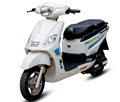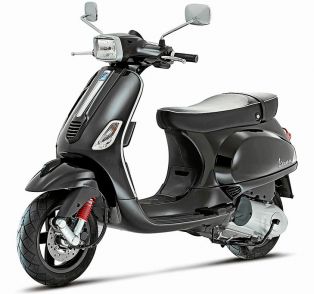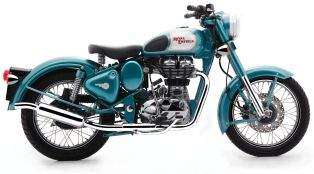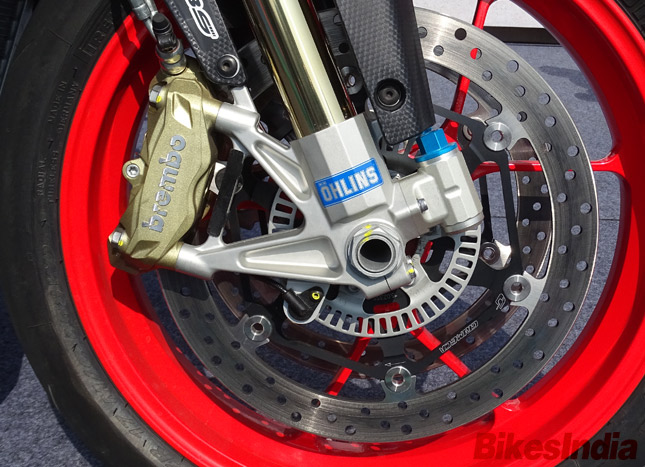 This did not used to be much of an issue back in the olden days when you had bikes with simple drum brakes on them. But even since the telescopic shocks have come up and disc brakes have been incorporated into the bikes, the issues of the front fork diving a lot have increased. So to counter this, some of the bike manufacturers have come up with a good solution for this called the Anti-dive shocks. Now these Anti-dive shocks are nothing but regular conventional shock absorbers with some additions to them which we are going to cover in this article. So sit back and relax and read on while we go through the A-Z of Anti-dive shocks.
This did not used to be much of an issue back in the olden days when you had bikes with simple drum brakes on them. But even since the telescopic shocks have come up and disc brakes have been incorporated into the bikes, the issues of the front fork diving a lot have increased. So to counter this, some of the bike manufacturers have come up with a good solution for this called the Anti-dive shocks. Now these Anti-dive shocks are nothing but regular conventional shock absorbers with some additions to them which we are going to cover in this article. So sit back and relax and read on while we go through the A-Z of Anti-dive shocks.
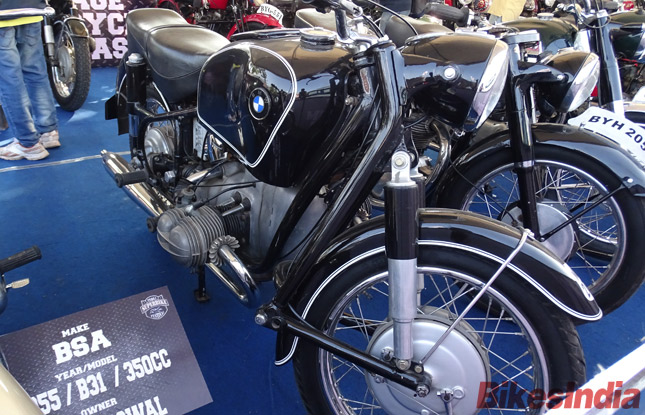 Earlier the front forks used to be simple springs attached right on the chassis to reduce the road noise and bumps somewhat from reaching the rider. Later with technology the braking improved with discs and also the telescopic and other kinds of suspension systems came up that allowed better shocks absorption capability but there was a flipside to that, that under hard braking the weight transfer on the chassis of the bike on the front also resulted in diving of the shocks which sometimes could end up being quite fatal for both the rider and the bike.
Earlier the front forks used to be simple springs attached right on the chassis to reduce the road noise and bumps somewhat from reaching the rider. Later with technology the braking improved with discs and also the telescopic and other kinds of suspension systems came up that allowed better shocks absorption capability but there was a flipside to that, that under hard braking the weight transfer on the chassis of the bike on the front also resulted in diving of the shocks which sometimes could end up being quite fatal for both the rider and the bike.So to counter this, manufacturers came up with the technique called anti-dive shocks which used the same principle of Bernoulli’s Principle in disc brakes to counter this system. The use of this was very simple. In the forks, there was another small section connected to a canister at the shocks which was filled with the same brake fluid as the one used for the disc brakes. Now how this worked was really amazing.
RELATED ARTICLE: Monoshock Suspension Vs Dual Shocks
Whenever you hit the brakes, along with the disc calipers, the brake fluid also went to the shocks. What this did was, the brake fluid would then create a heavy layer so that the shocks then if came to a position to dive their dive would be reduced by as much as 80 percent which is really cool. This means the shocks now do not dive at all under regular braking and would dive very less under extremely hard or urgent braking. This resulted in the anti-dive shocks to be formed.
Now when you consider these and the mechanism they are under, there are various other things that need taken care of here. First of all the brake fluid required here will be more, that means a bigger container for the fluid. That should not really be much of an issue really, but that is required. Secondly you happen to divide up the flow of fluid on pulling the brake level, that would result in loss of initial braking bite since the flow and pressure of the brake fluid is reduced due to division of force.
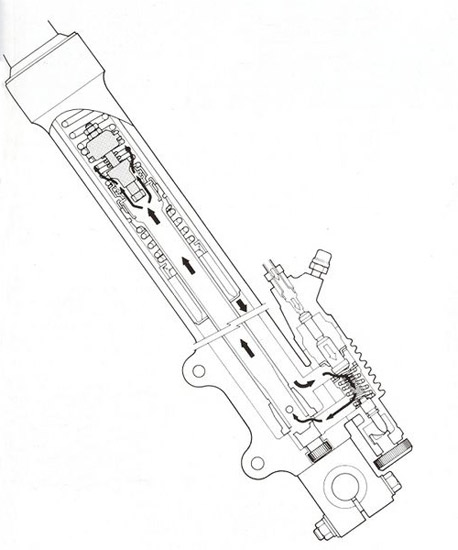 The one solution for this would be to use an extra container for the shocks like they use in dual disc brakes and connect it to the braking lever so that nothing is affected by it. And then in that case you could even go for a fluid that is really very much viscose to get better results in terms of anti-dive. But do not use them for your brake fluid other than a DOT 3 or DOT 4 fluids or as recommended by the manufacturer.
The one solution for this would be to use an extra container for the shocks like they use in dual disc brakes and connect it to the braking lever so that nothing is affected by it. And then in that case you could even go for a fluid that is really very much viscose to get better results in terms of anti-dive. But do not use them for your brake fluid other than a DOT 3 or DOT 4 fluids or as recommended by the manufacturer.READ ALSO: Motorcycle Fork Oil Explained- Do You Also Need To Replace The Fork Oil As You Do The Engine Oil?
And then there is always the issue with the air in the system. Remember that in disc brake mechanisms, when there is air in the system, it becomes all spongy and the efficiency of braking reduces due to that. The same is the case with the anti-dive shocks here as well. Since there are chances of air entering the system overtime just like in disc brake systems, there is a need of periodically maintaining the system which is not much work actually and it quite a simple task. So all in all it is a great system to keep your bikes sturdier and also safe along with it. The best part about this is that the actual shock absorption capability is not affected in any ways.
So if you happen to think that your bike is diving way too much, then you might want to consider going in for anti-dive shocks for your own and the bike’s safety, though the manufacturers do check for these issue and get them done during the testing of the bike itself. So this is how anti-dive shocks work and keep you and your bike safe under all circumstances.
By: Pratik Patole





